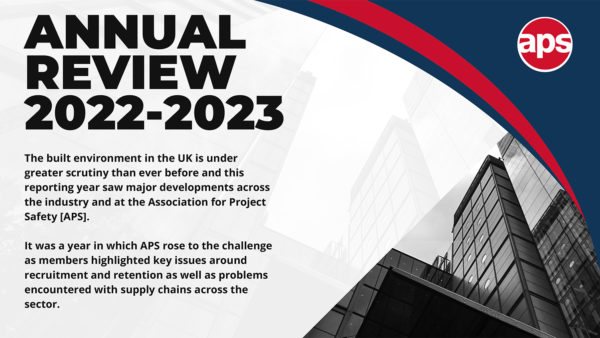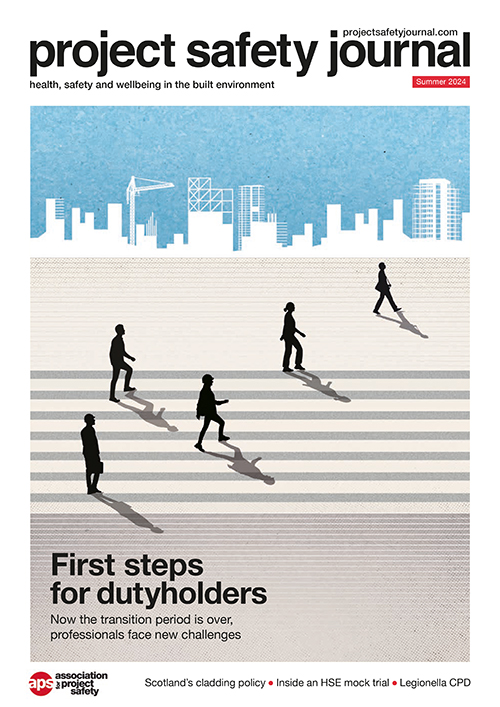
Could your management style be hampering your effectiveness as a principal designer? Dr Nick Bell explains how a different approach could up your game
If you want to build a ship, don’t drum up the men to gather wood, divide the work and give orders. Instead, teach them to yearn for the vast and endless sea.
Antoine de Saint-Exupéry, 1900-1944
This quote, from the author of The Little Prince, distinguishes between leaders and managers. Leaders inspire by creating a collective vision. Managers direct groups of people to complete tasks. The ‘principal’ in principal designer (PD) suggests a role with authority: the dictionary definition of principal is “the most important”. This is reinforced by Regulation 5 of CDM 2015 which describes the PD as “a designer with control over the pre-construction phase”.
But what is the most effective way for a PD to exert control? Here we consider the difference between transactional management and transformational leadership.
Transactional management
To fulfil their function, a PD could use management techniques. The principles of management developed from the ‘command and control’ approach of the military, according to the Chartered Institute of Personnel and Development.
The PD role could be interpreted as:
- Planning – deciding what needs to be done, by whom, how and when.
- Managing – implementing the plan, including providing timely and correct instructions and information.
- Monitoring – verifying how the plan is working and giving feedback.
- Coordinating – ensuring each party performs their assigned actions in the correct manner and at the correct time.
The qualities of a transactional manager
Sets goals.
Provides resources.
Monitors work.
Intervenes when standards are not met.
Motivates through reward and punishment.
The qualities of a transformational leader
Individualised consideration
Interested in the welfare of team members and gets to know them. Will play to people’s strengths (and aspirations) when assigning tasks.
Intellectual stimulation
Encourages their team to find creative solutions and to develop their capabilities. Accepts and encourages challenges to their own ideas and to the status quo.
Inspirational motivation
Creates an inspiring and engaging vision of the future and helps individuals to understand how they fit into, and are an important part of, the bigger picture.
Idealised influence
The leader is a role model and ‘walks the talk’. This integrity earns the trust of the team.
These points align with ‘transactional management’, a concept introduced in 1978 by James MacGregor Burns and extended by Bernard M Bass in 1985. This can provide clarity and a structured approach for completing work (see box).
Drawbacks to this approach
Employed exclusively, a transactional management style can lead to people feeling ‘micro-managed’ or uncertain of their capabilities, particularly if they only receive feedback when something goes wrong.
According to self-determination theory, developed by Richard Ryan and Edward L Deci in the mid-1980s, we are driven to feel competent, autonomous and connected to others. When taken too far, transactional management undermines these needs.
Ultimately, this can lead to people experiencing stress. For example, loss of autonomy is related to the loss of control, one of the six main stressors in the Health and Safety Executive’s (HSE) stress management standards (2019) (www.hse.gov.uk/pubns/wbk01.htm).
Transformational leadership
Curiously, in L153, the HSE guidance to support compliance with CDM 2015, ‘leadership’ is used in connection with the principal contractor role but not the PD. But it would be incorrect to infer that contractors benefit from leadership while designers do not.
The theory of transformational leadership developed in tandem with transactional management. These leaders are defined by four main characteristics (see box). Transformational leaders use transactional management techniques, but they are only a few tools in their toolbox.
Research, including within the construction industry, has consistently linked transformational leadership with improved employee performance. This is partly because it helps us to meet, rather than undermines, our core psychological needs. A PD who applies transformational leadership skills is likely to get the best from their teams.
Examples of how this might look:
- Talking passionately about health and safety, rather than focusing on the risk of prosecution, and connecting it to an inspiring, bigger picture.
- Getting to know designers as individuals. Perhaps asking what they are looking forward to on the project.
- Running a ‘lessons learned’ workshop at the start of a project. This draws on people’s past experiences and establishes that the team will be encouraged to learn and develop.
- Reframing problems as challenges for the team to solve collaboratively. (“We’ve been given a tight timeframe: what can we do to make this work?”)
- Rather than insisting on a particular approach, asking the team what approaches they successfully used on similar past projects.
- Acknowledging people’s work and connecting it to the bigger picture.
A team will be more likely to achieve its health and safety ambitions when the PD serves as a transformational leader. When we draw on and build the skills and motivation of our team, they are more able and willing to join us on our journey into that ‘vast and endless sea’.
Dr Nick Bell is a chartered psychologist, honorary principal lecturer at Cardiff Metropolitan University and a registered member of the Association for Project Safety.












